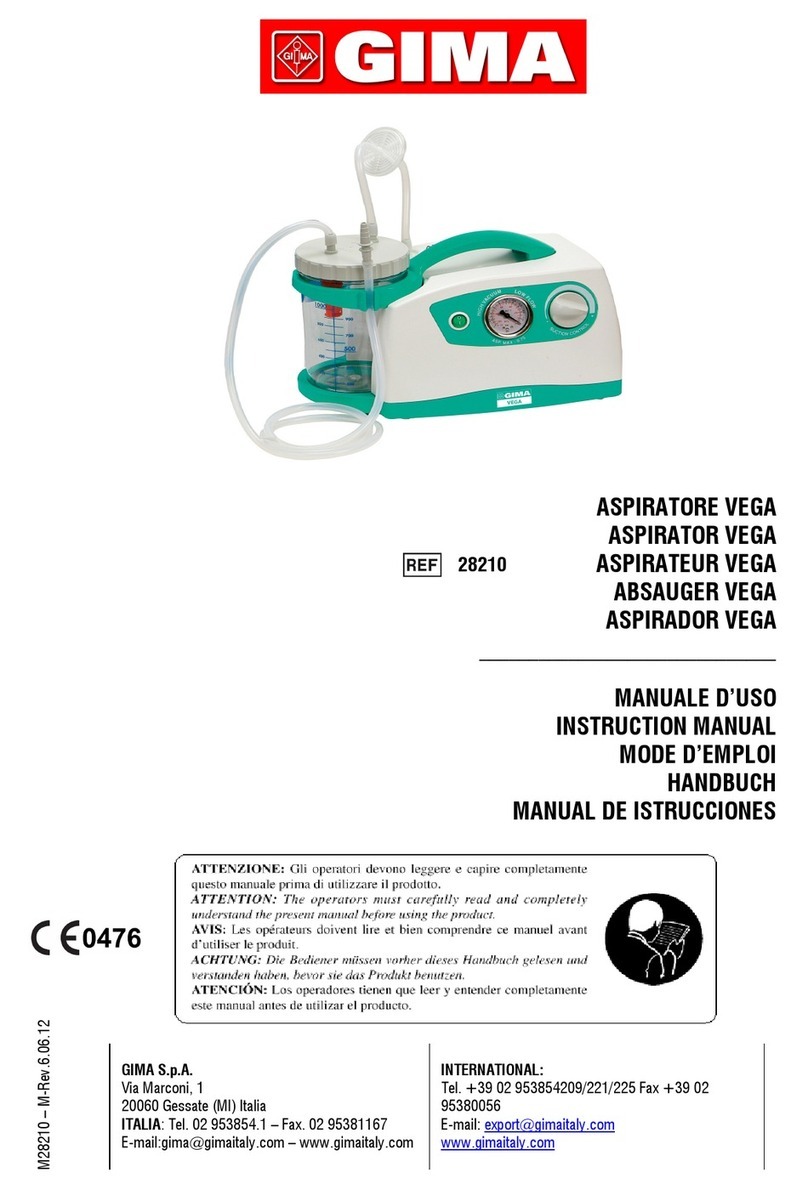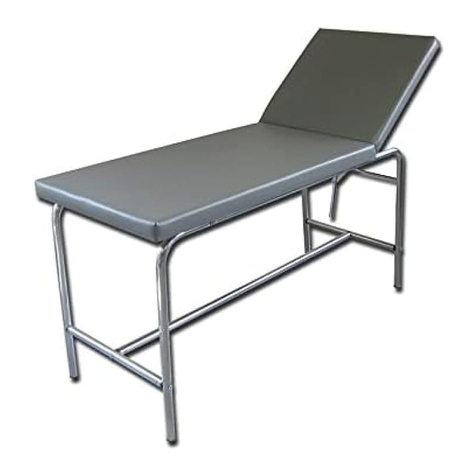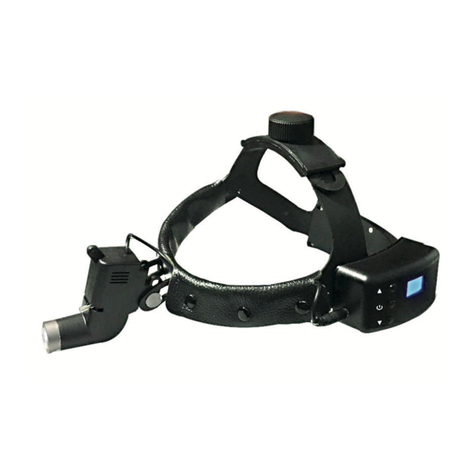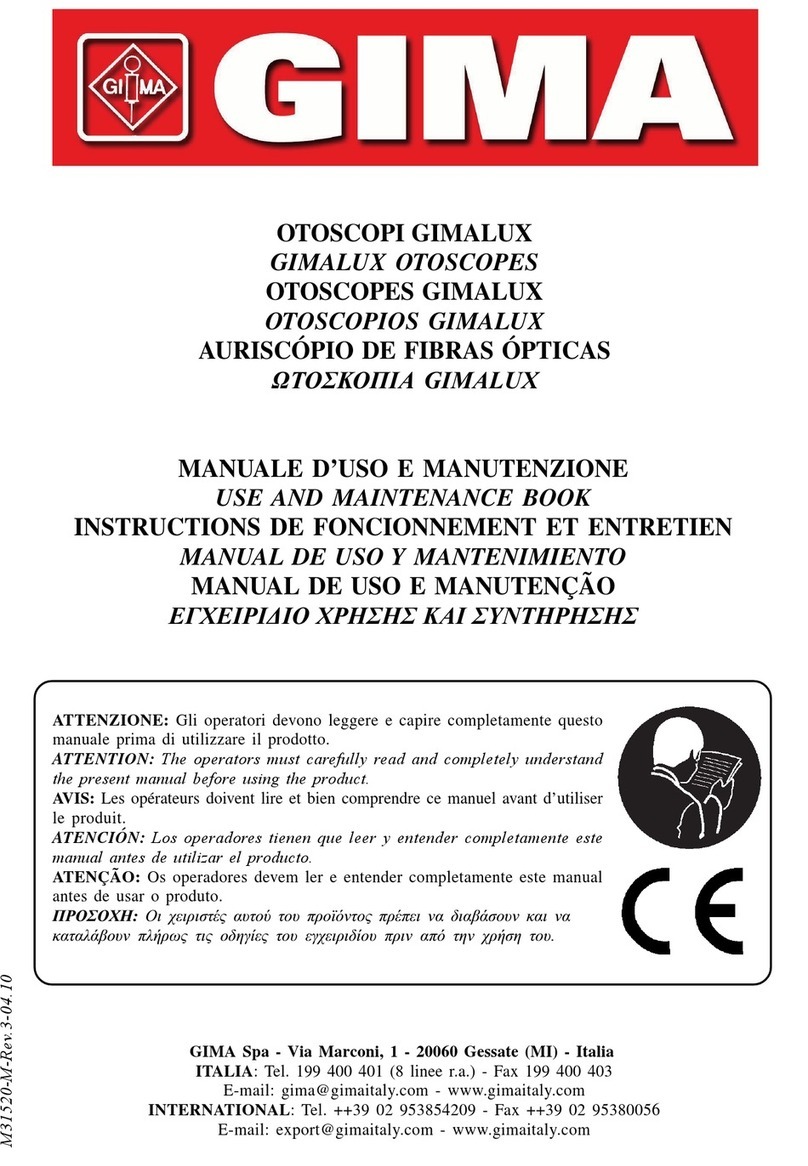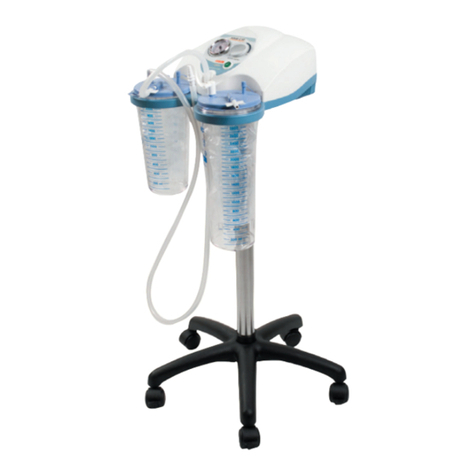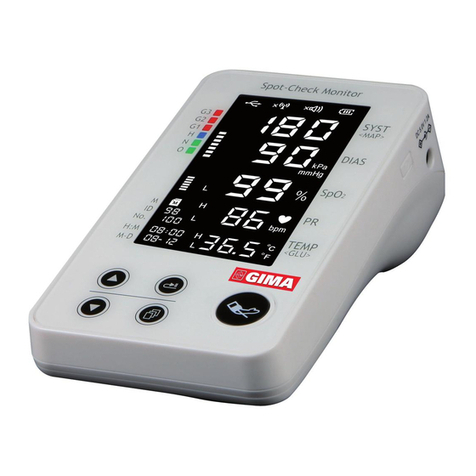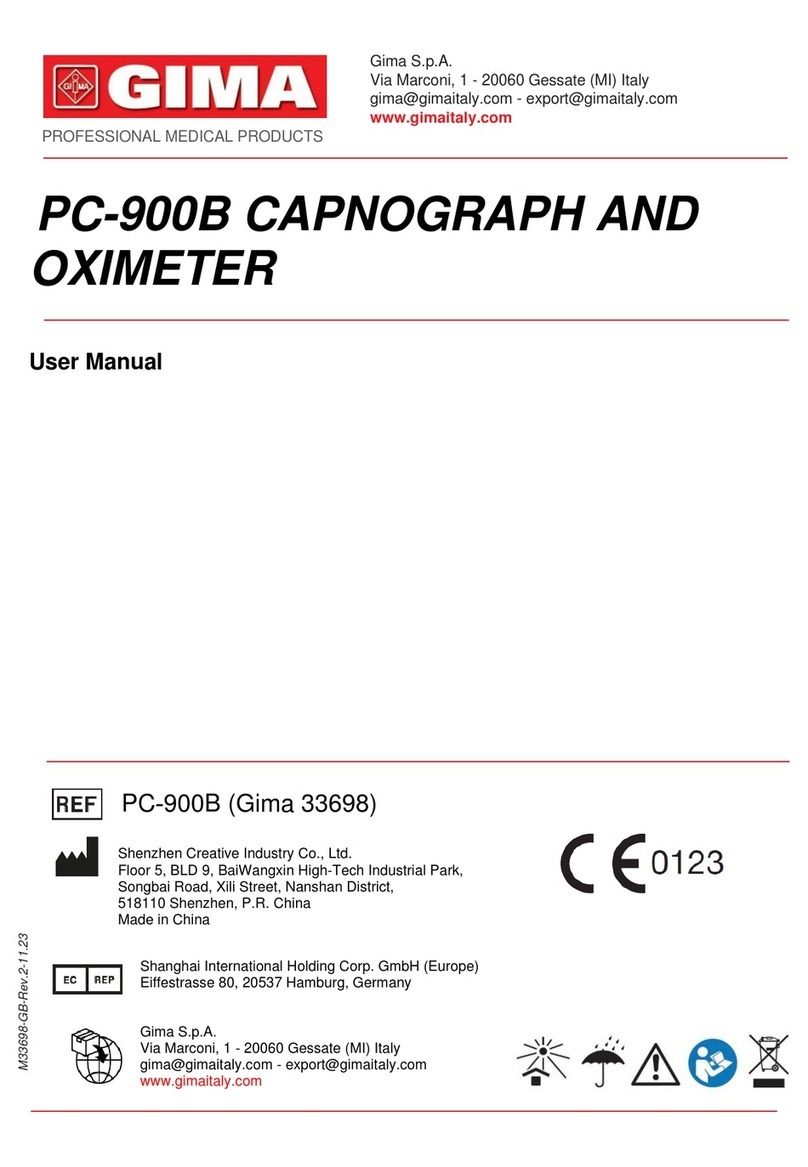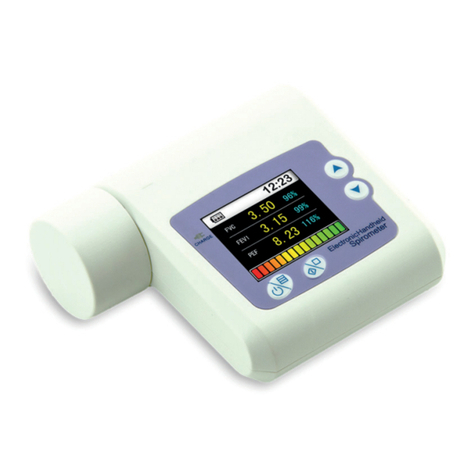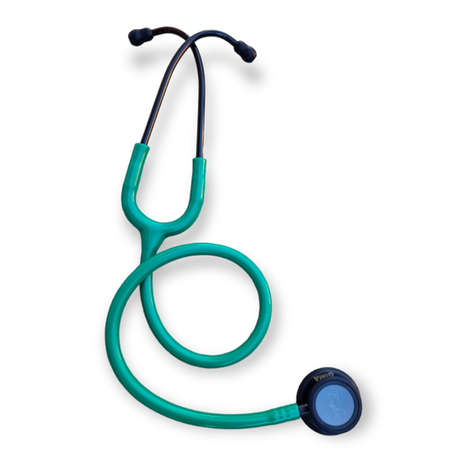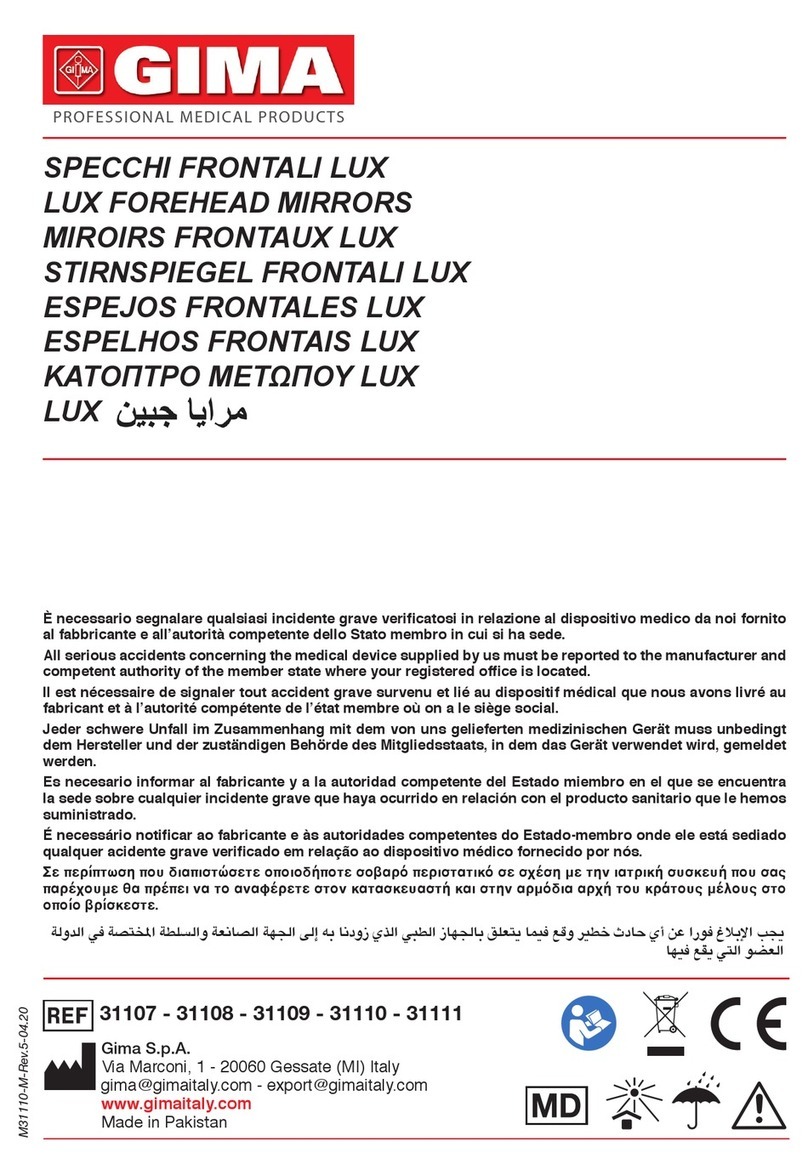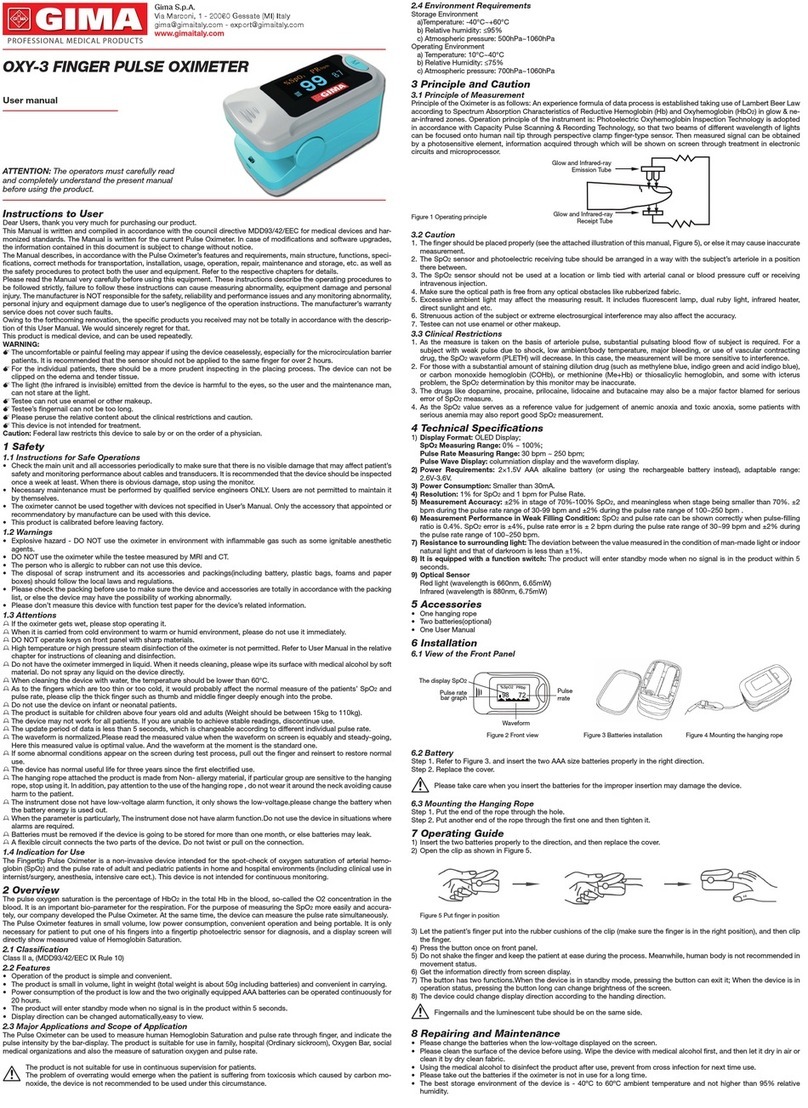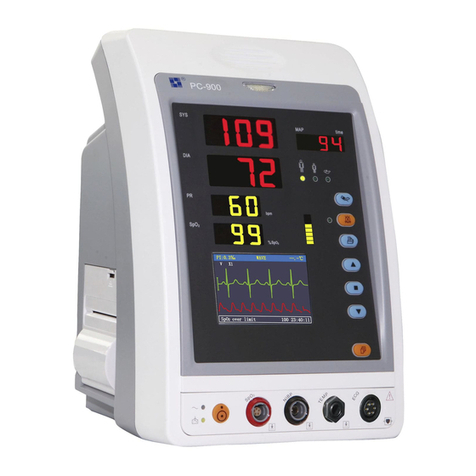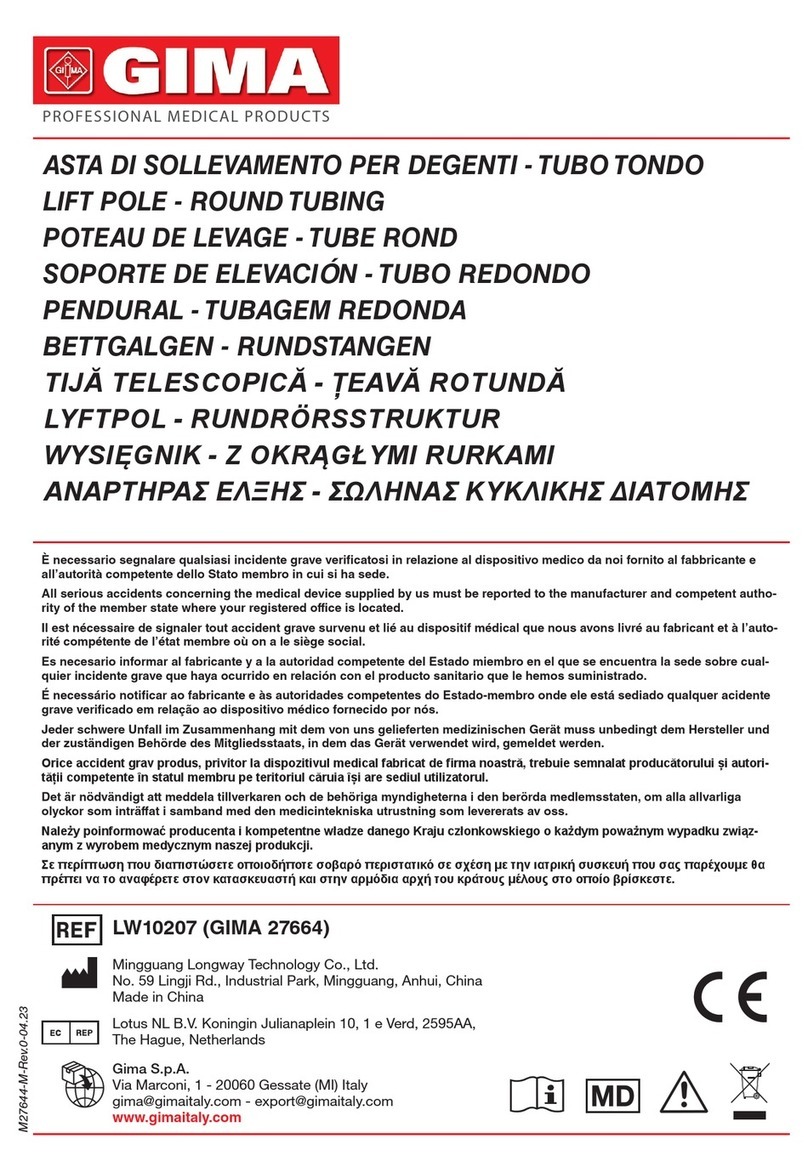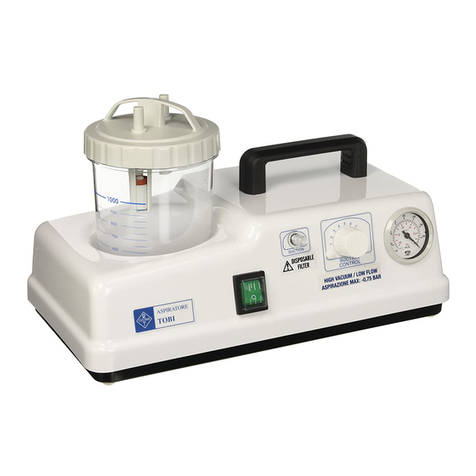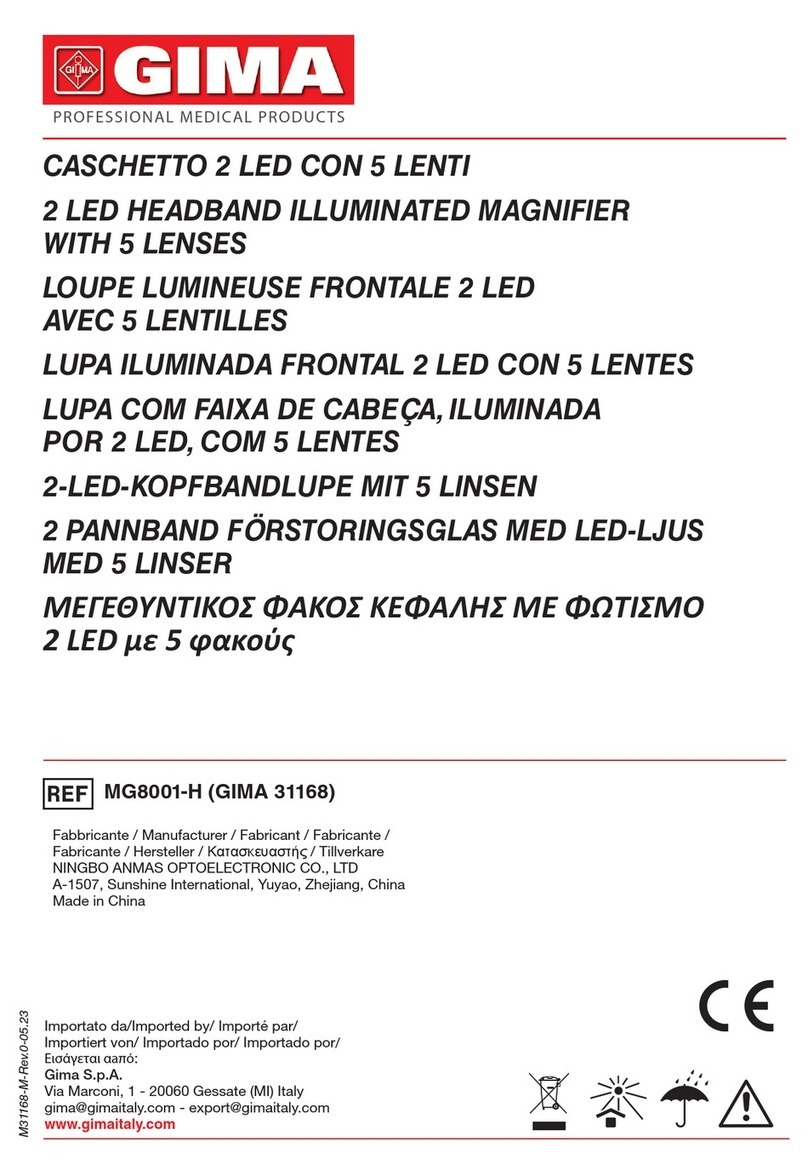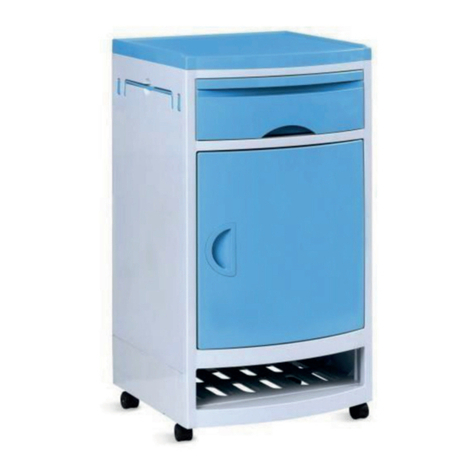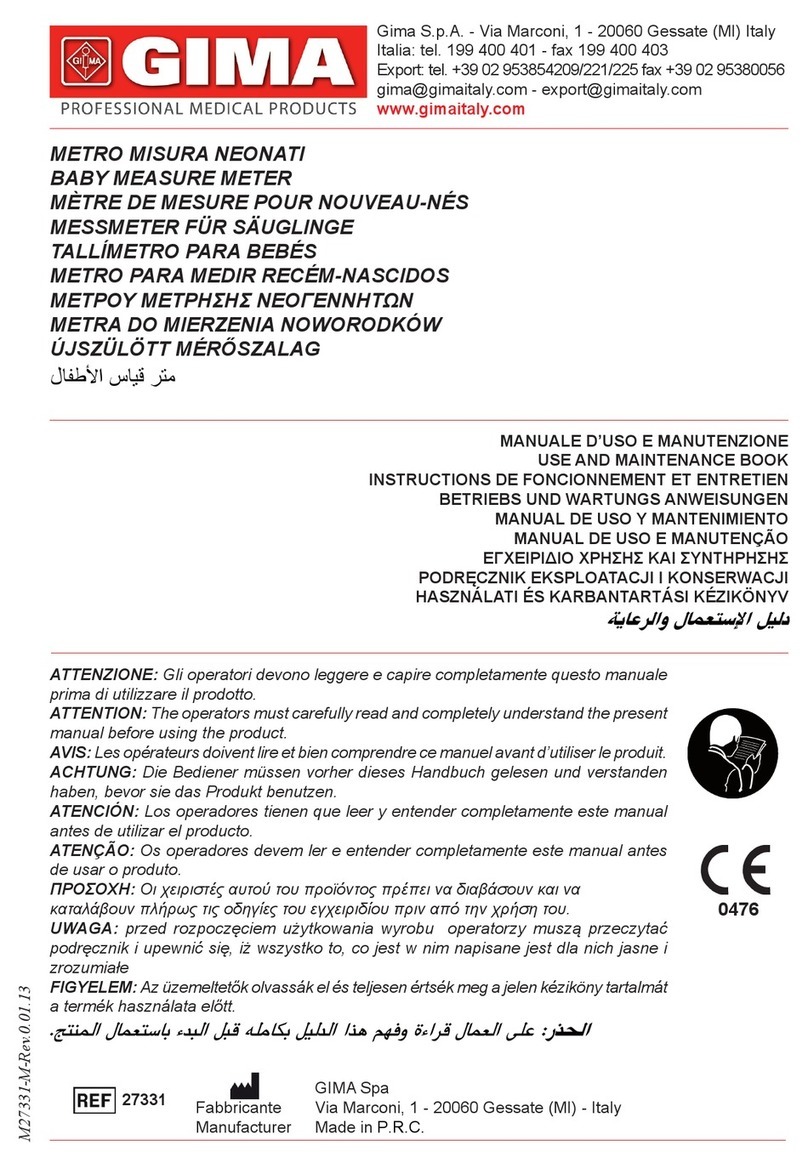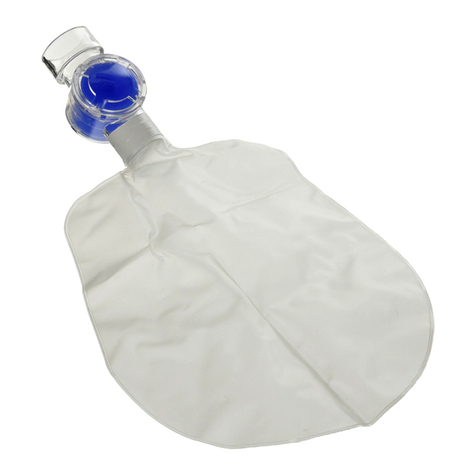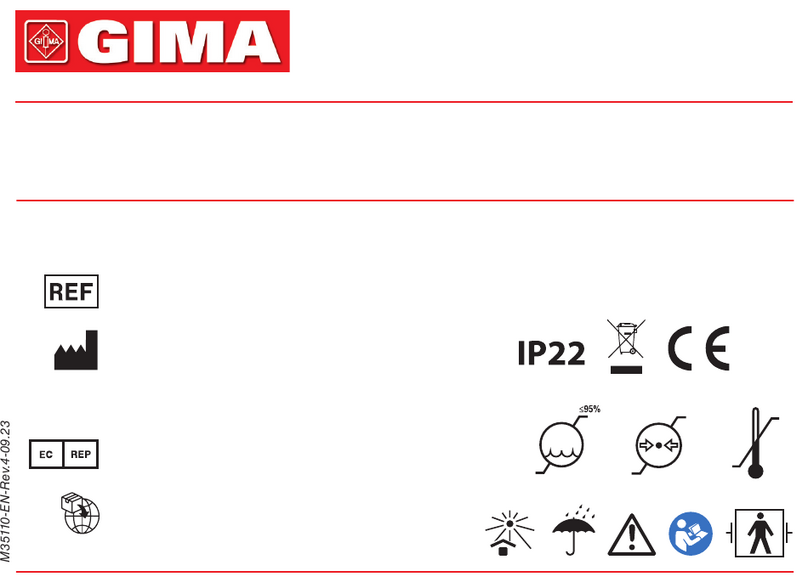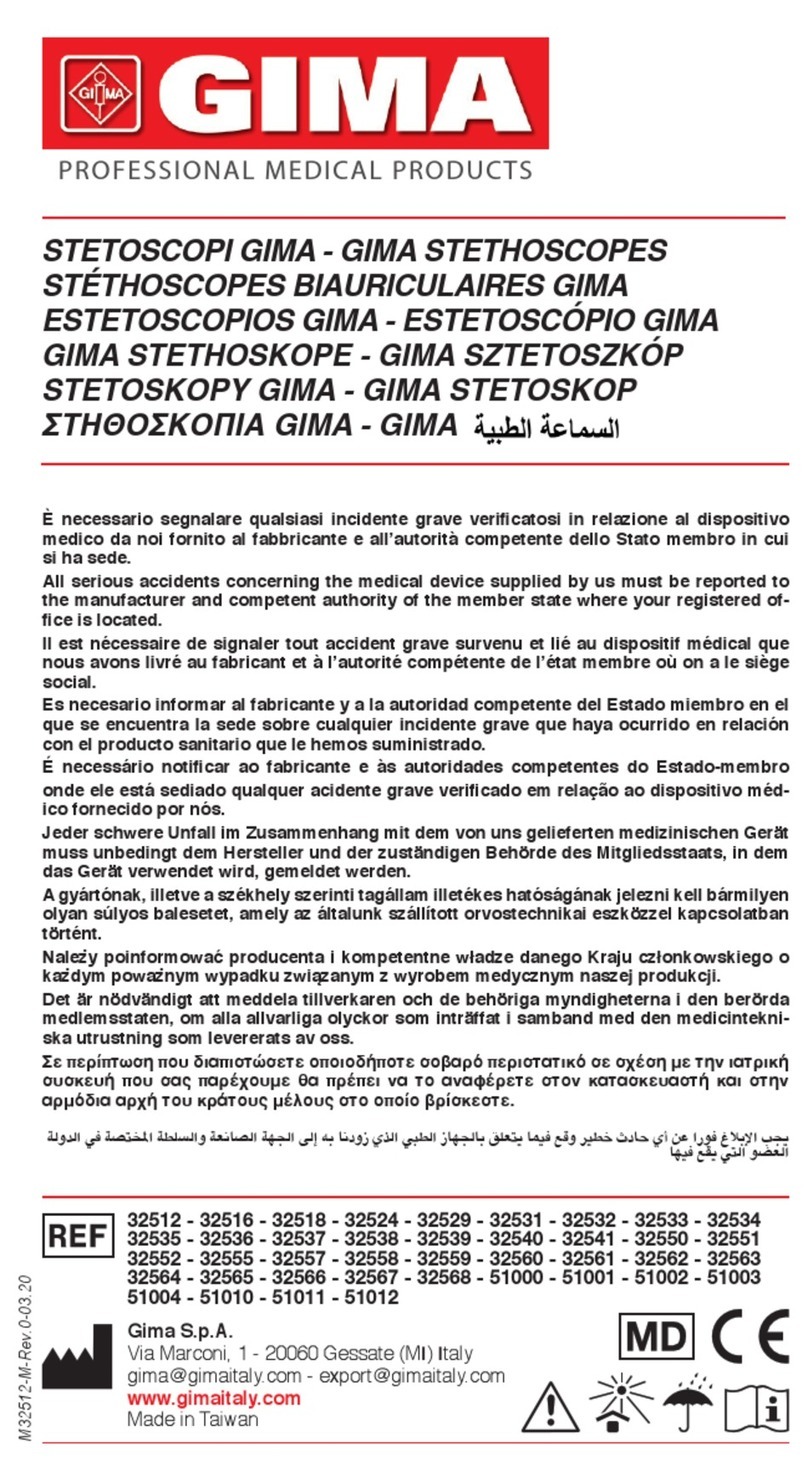
6
ITALIANO
NON sottoporre a bagno a ultrasuoni.
Conservare l’apparecchio in un ambiente pulito e a temperatura ambiente.
Assicurarsi che le batterie, i manici, gli speculum e gli altri accessori siano smaltiti come riuti ospedalieri
conformemente alle politiche locali.
Come previsto dai regolamenti locali, il prodotto deve essere smaltito separatamente come dispositivo
elettronico.
OFTALMOSCOPIO SIGMA
Applicazioni
- L’oftalmoscopio Sigma è progettato per l’esame dell’occhio.
- Durante l’esame, tenere lo strumento con l’indice sulla rotella della lente (a) g.8. Puoi anche utilizzare la rotella
del diaframma (c) in questo modo.
- Finestra (b) mostra il valore della lente selezionata. Gli obiettivi meno sono indicati in rosso, oltre agli obiettivi neri.
Non utilizzare l’apparecchiatura in caso fosse danneggiata. Rivolgersi al proprio rivenditore.
Istruzioni per l’uso
Attaccare la testa dell’oftalmoscopio all’impugnatura e accendere il dispositivo per l’esame, ruotare la rotella (a) g.8,
in senso orario o antiorario per selezionare l’obiettivo desiderato. La potenza dell’obiettivo selezionato è visibile attra-
verso la nestra (b). L’oftalmoscopio Sigma è dotato di un set di 5 diverse aperture, che possono essere selezionate
ruotando la rotella (c).
Cambiare la lampadina
Svitare lo strumento dalla maniglia e estrarre (d) g.8, verso il basso. Pulire il nuovo vetro della lampadina e inserirlo
in modo che il perno di posizionamento (e) si adatti alla fessura. Lasciare raffreddare la lampadina per un po’ di
tempo prima di sostituirla.
Pulizia
L’alloggiamento può essere pulito con un panno inumidito con alcool. Le superci di vetro possono essere pulite con
un batuffolo di cotone nello stesso modo.
Norme di riferimento
ISO 15004-1 (Strumenti oftalmici - Requisiti fondamentali e metodi di prova).
Le prestazioni di questo strumento possono essere garantite solo se vengono utilizzate lampade medicali
e batterie alcaline originali.
Avvertenze e precauzioni:
La luce emessa dall’oftalmoscopio è potenzialmente pericolosa. Più lunga è la durata dell’esposizione, maggiore è
il rischio di danni oculari. L’esposizione alla luce di questo strumento, se utilizzata alla massima intensità, supererà
la linea guida di sicurezza dopo 13 minuti con una lampada a LED (base blu). I tempi di esposizione sono cumulativi
per un periodo di 24 ore.
• 333 secondi (5 min e 33 secondi) in caso di occhio libero
• 227 secondi (3 min 47sec) in caso di un occhio immobile
Quando si utilizza l’illuminazione alogena, non vengono identicati rischi di radiazioni ottiche acute. Tutta-
via, si consiglia di limitare l’intensità della luce diretta nell’occhio del paziente al livello minimo necessario
per la diagnosi. I neonati, le persone con afasia e le persone con patologie oculari sono a maggior rischio. Il
rischio aumenta anche se la persona esaminata ha avuto un’esposizione con lo stesso strumento o qualsi-
asi altro strumento oftalmico utilizzando una sorgente di luce visibile nelle 24 ore precedenti. Ciò si applica
in particolare se l’occhio ha avuto esposizione alla fotograa retinica. L’uso previsto di questo dispositivo è
per esami oftalmologici di routine dell’ordine di meno di 60 secondi per occhio. Anche se esiste un vantag-
gio rispetto al fattore di rischio in qualsiasi procedura medica, questi esami più complicati non dovrebbero
superare i tre minuti di esame in 24 ore. L’uso signicativo di questo dispositivo oltre la sua destinazione
d’uso non è raccomandato; potrebbe causare danni agli occhi.
